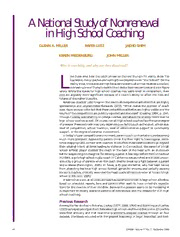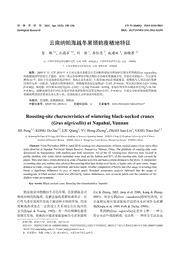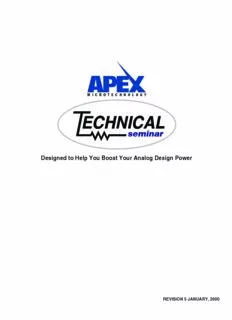
Preview Bode Plot
M I C R O T E C H N O L O G Y ECHNICAL seminar Designed to Help You Boost Your Analog Design Power REVISION 5 JANUARY, 2000 NOTES: APEX MICROTECHNOLOGY CORPORATION • 5980 NORTH SHANNON ROAD • TUCSON, ARIZONA 85741 • USA • APPLICATIONS HOTLINE: 1 (800) 546-2739 582 Table of Contents Welcome to Apex…………….……… 585 The packages………………………….. 650 Where we live………………………….. 586 Linear basics…………………………… 651 Quality at Apex………………………… 587 Class C outputs……………………….. 652 DC-DC Converters……………………. 588 Class AB outputs…………………………. 654 The packages………………………….. 589 Complex construction……………………. 656 Linear power delivery………………….. 590 Monolithic types………………………….. 658 PWM power delivery…………………… 591 Selector guides…………………………… 659 Basic converter block…………………. 592 Amplifier selection……………………….. 661 Basic converter operation…………….. 593 Electrical limitations……………………… 663 Defining Apex converters……………… 594 Non-linear model…………………………. 664 What’s inside…………………………… 595 Common non-linear cases………………. 665 Shorted output response……………… 596 False summing node ……………………. 668 Ceramic capacitors……………………. 598 Reading the specs……………………….. 669 Shutdown Plus pin…………………….. 600 Common mode voltage………………….. 670 DHC 6W singles………………………… 601 Op amp protection……………………… 671 DHC 6W duals……….………………… 604 Input protection networks……………….. 672 DB 20W family…………………………. 607 Gain switching……………………………. 674 Triplets are coming……………………. 610 To invert or not with I/P protection……… 676 PWM Amplifiers………………………. 612 Flyback diodes……………………………. 677 The packages………………………….. 613 Transient voltage protection…………….. 678 Linear vs. PWM power delivery….……. 614 SOA……………………………………….. 679 The H-Bridge……………………………. 617 SOA graph………………………………… 680 Switching concerns…………….………. 619 Output transistors………………………… 681 Evaluation kits…………….….…………. 620 Load fault to consider……………………. 682 What’s inside………………….………… 621 What’s current limit……………………… 683 Block diagrams………………………… 622 Thermal modeling………………………… 688 Transfer function……………………….. 626 Where to set Tj max……………………… 689 The integrator…………………………… 627 What is the internal power………………. 691 Samples at work…………………….…. 628 DC vs. AC vs. reactance………………… 693 The frequencies involved………………. 631 Calculating the power……………………. 694 Filter design……………………………. 632 When to sweep the frequency………….. 700 Response with real parts………………. 636 Thermal capacity & averaging………….. 701 Fllter termination required…………….. 637 Proper mounting or not………………….. 702 What is -3db…………………………… 638 Motor reversal…………………………….. 705 Matching networks….…………………. 640 Single Supply Operation……………… 706 Half bridges…………………………….. 643 Internal limitations……………………….. 707 Heatsinking PWMs……………………. 644 Basic techniques…………………………. 708 Selector guide………………………….. 648 Taking care of CMV………………………. 709 The Apex Linear World…………….. 649 PA21 is ideal……………………………… 712 583 PA21 protection alternatives…………… 713 Valve control……………………………. 790 Asymmetrical supplies…………………. 714 Programmable torque drive…………… 791 Basic Stability…………………………… 715 Howland single Vs bridge torquer……. 792 Eliminate coupling………………………. 716 ATE……………………………………… 793 Ground loops………………………………717 Low drift PZT tester……………………. 794 Supply wire impedance………………… 718 Linear high power PPS……………….. 799 Supply bypassing………………………… 719 A PWM alternative…………….……….. 800 Output stages vs. stability……………… 720 Remote sensing……………………….. 801 Loop Stability…………………………… 722 Driven ground…………………………… 802 Feedback theory………………………… 723 Very high voltage PPS………………… 803 External phase compensation…………. 725 High power AC PPS…………………… 804 Open, closed and loop gains…………. 726 Signal Sources……………………….. 806 Inductors in the feedback loop……….. 728 PB58 voltage regulator………………… 807 Capacitive loading……………………… 734 400Hz servo supply…………………… 811 Stability Testing……………………… 746 Low power telephone ringer……………… 812 Ringing test…………………………….. 747 High power telephone ringer…………….. 813 Peaking test……………………………. 748 Thermo-electric cooler…………………… 814 High Speed Techniques……………. 749 Deflection………………………………… 815 Techniques and strays………………… 750 Magnetic deflection waveforms…………. 816 Slew rate vs. power bandwidth……….. 751 Basic magnetic deflection………………. 817 Effects of compensation………………. 752 V-to-I bridge……………………………….. 822 Cable loads…………………………….. 753 Electrostatic deflection………………….. 823 High Power Techniques……………. 754 Dynamic focusing………………………… 824 This is no laughing matter……………. 755 PZT Drive…………………………………. 825 Bridge basics…………………………… 757 860Vp-p single Vs bridge……………….. 826 Bridge power calculations…………….. 759 ±1KV bridge………………………………. 827 A weird & dangerous bridge………….. 760 Composite amplifier………………………. 828 External current buffers……………….. 761 Audio/Noise Cancellation…………………837 Parallel operation………………………. 765 Fast and low distortion…………………… 838 Parallel and bridge together………….. 769 Foldover can help………………………… 839 Current Outputs………………………. 770 PWM aircraft audio………………………. 840 Inductance concerns………………….. 771 SA51 PWM audio………………………… 841 PWM current output…………………… 772 Sonar transducer…………………………. 842 Op amp current output………………… 773 Tools for you………………………………. 843 Howland for grounded loads………….. 774 Beat the discrete…………………………. 844 Motion Control……………………….. 781 Top of the line is on line…………………. 845 Z-axis position…………………………. 782 Brush motor specifications…………… 783 Fitting the op amp to the motor………. 784 Simple speed control………………….. 788 PWM antenna position ………………. 789 584 APEX MICROTECHNOLOGY CORPORATION DC-DC Converters ¤ PWM Amplifiers ¤ Power Op Amps Power Integrated Circuits with Technical Support Since 1981, Apex has been designing and manufacturing hybrid (chip and wire) power amplifiers. Careful attention to process development and control has made Apex the world leader in hybrid power. The products consistently perform per the data sheet. The product line now boasts the highest current, the highest voltage and highest wattage hybrids to be found anywhere in the industry. The expertise in handling large power levels electrically and thermally has been adapted to high reliability DC-DC converters. Unique construction techniques make these converters especially impervious to demanding environmental conditions. The Apex design philosophy provides converters with no de-rating over their entire operating temperature range. Pulse Width Modulation (PWM) amplifiers share the same reliability as their linear counterparts but utilize switching technology to greatly extend the delivered power range while keeping wasted heat in the same area as the linears. 585 The present Apex facility is 55,000 sq. ft. on ten acres zoned such that we can double our size. Current sales are about $14M and we can do $25M in this building. Almost half the area and third the cost of the building are clean room related. This class 100,000 clean room keeps the ICs clean. Apex extends an invitation to you all to visit us and take a tour of our home to see first hand how we design and manufacture the world’s best power integrated circuits. 586 (cid:127) Total Quality Management (cid:127) Certified Mil-Std-1772 in 1989 (cid:127) Certified ISO9001 in 1994 Sigma Plus has led to consistent increases in quality and performance for Apex and our customers. Sigma Plus, our Total Quality Management program, continues to produce measurable quality improvements, a culture based on teamwork, and increased value for our customers. In alignment with Sigma Plus, we have instituted training and development in the fundamentals or our business, further supporting Apex teams with the tools they need to perform at high productivity and quality levels. With a firm foundation of Sigma Plus quality tools that solve the “how” of continuous improvement, team members are now learning the “why” with Open Book Management. As a result, Apex teams are gaining greater understanding of their personal impact on organizational systems and how they can directly improve organizational performance. By giving team members a stake in the outcome, they gain personal satisfaction and ownership of the products and services they provide to you, our customers. We will continue to improve our systems and processes to exceed our customers’ expectations. Feedback systems that identify internal and external customers’ needs and expectations keep Team Apex focused on customer value. Team members have increased their job skills and have become functionally cross-trained to quickly adapt to changes that anticipate customer needs. 587 DC-DC Converters Transform Isolate Regulate 588 As you can see, these welded all steel packages are rugged. This is the first indicator that these converters are no ordinary breed. They are designed from top to bottom to give reliable performance in the most demanding environments. 589 LINEAR POWER DELIVERY Pass Element Vs Load DRIVER The most popular DC-DC converter application vividly demonstrates why the DC-DC converter is the only reasonable choice compared to a linear regulator. This function is providing 5V for logic or computer circuits from a 28V bus. Let us assume the load requires 1A @ 5V or 5W. A linear regulator would pass the 1A while having 23V across it, thus wasting 23W. With an input power of 28W, efficiency is less than 18%! Unless the application also just happens to need a 23W heater, you pay twice; once to generate the 23W and again to get rid of it. Typical efficiencies of these DC- DC converters reduce this waste heat by better than an order of magnitude. 590
Description:The list of books you might like

The Strength In Our Scars

Credence

A Thousand Boy Kisses

The Mountain Is You
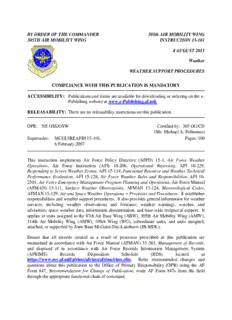
BY ORDER OF THE COMMANDER 305TH AIR MOBILITY WING 305th AIR MOBILITY WING ...

Masters at Arms

The Mystery Method: How to Get Beautiful Women Into Bed
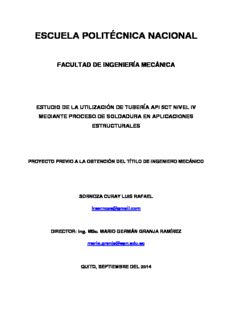
capítulo 2 análisis de soldabilidad de tubería api 5ct
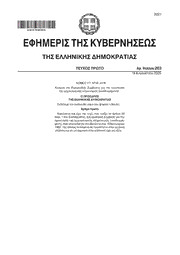
Greek Government Gazette: Part 1, 2005 no. 203
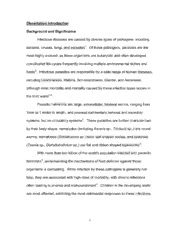
DTIC ADA459045: Characterization and Function of the Inflammatory Response to Infection by a Gastrointestinal Nematode Parasite: New Insights into Protective Th2 Responses
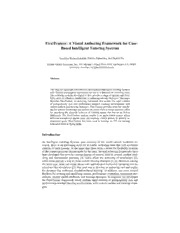
DTIC ADA454585: FlexiTrainer: A Visual Authoring Framework for Case-Based Intelligent Tutoring Systems
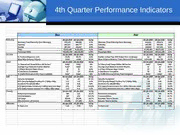
Performance Indicators - 4th Quarter 2006
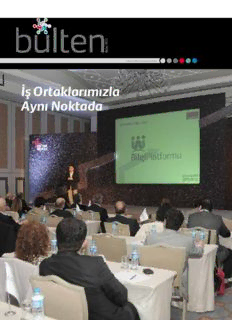
Bülten Sayı
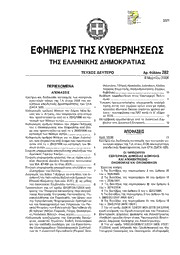
Greek Government Gazette: Part 2, 2006 no. 282
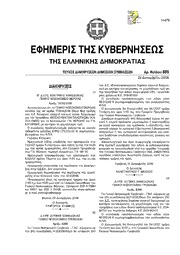
Greek Government Gazette: Part 7, 2006 no. 889
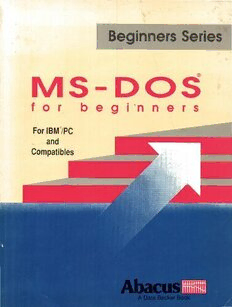
MS-DOS for Beginners
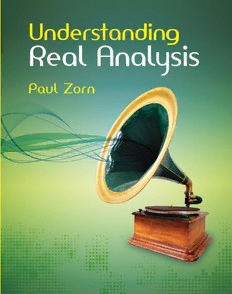
Understanding Real Analysis
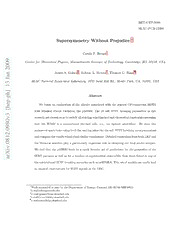
Supersymmetry Without Prejudice
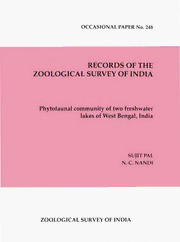
Phytofaunal community of two freshwater lakes of West Bengal, India


